Best
AFFORDABLE CELLO
STUDENT FULL-SIZE CELLO STUDENT CELLO SERIES - ALL SIZES
-
Overall: Laminated Spruce And Basswood Body
-
Best Feature: Durable Hardwood Pegs And Fingerboard
-
TedScore™: 5.5/10
Best
OVERALL CELLO
-
Overall: Full Ebony Fingerboard
-
Best Feature: Cello Only - Bow And Case Must Be Purchased Separately
-
TedScore™: 8.2/10
Best
BEGINNER CELLO
CELLO OUTFIT Top 5 Cellos For
Beginners
-
Overall:
Full Ebony Fingerboard -
Best Feature:
Cello, Wooden Bow And Soft Padded Case -
TedScore™: 9/10
Learning to play the cello is a journey filled with rich, resonant sounds and the joy of creating music.
It’s an amazing instrument that gives a beautiful sound. But still, it makes us wonder how long does it takes to learn the cello.
The learning process is not going to be easy. You have to know the music technicalities behind it, such as mastering the bow hold, right intonations, and accurate finger placements.
Aside from this, you have to invest your time in practice and money in getting quality equipment.
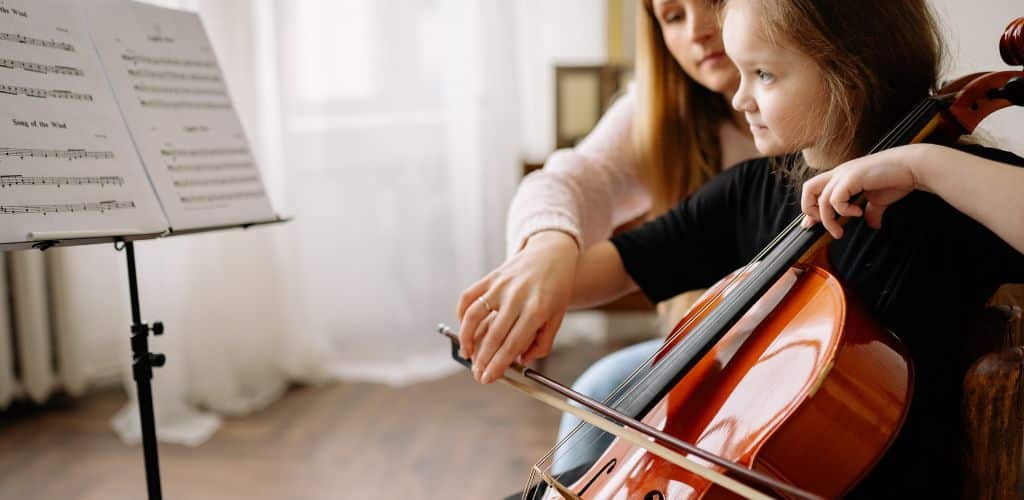
Yes, it may seem a bit daunting, but read on!
You might encounter the things you need to hear to decide to learn the instrument and start doing cello lessons.
As you embark on your first lesson in this adventure, you’ll find that the time it takes to learn can vary widely among musicians.
Your progress on the cello will depend on several factors, such as your practice routine, musical background, and the quality of your instruction.
Rest assured that becoming a proficient cellist with dedication and passion can be a fun and fulfilling experience!
Determining Your
Learning Path
The beginning of your cello journey starts with a keen understanding of your milestones and the unique variables affecting your learning trajectory.

Assessing Personal Goals
What are you hoping to achieve with the cello?
Setting clear goals guides the pace and direction of your learning. Whether aspiring to play cello and grace the stage or simply enjoy music at home, your objectives shape the path ahead.
For instance, formal performance preparation often requires a structured lesson plan and consistent practice.
Age and Learning the Cello
Your age can influence how you approach cello lessons.
Young students usually have a high capacity for memorization and adaptability, which can be advantageous for picking up new skills.
As an adult learner, you may need a more tailored approach, yet your life experience and focused commitment to cello music can be your greatest assets.
Previous Musical Experience
Have you played an instrument before? Your background in music can significantly shorten the learning curve.
If you’re skilled at reading cello music sheets or understand some music theory, transitioning those skills to the cello will ease your journey.
Beginners without musical experience can still flourish but may need to dedicate more time to foundational concepts.
Fundamentals of
Cello Playing
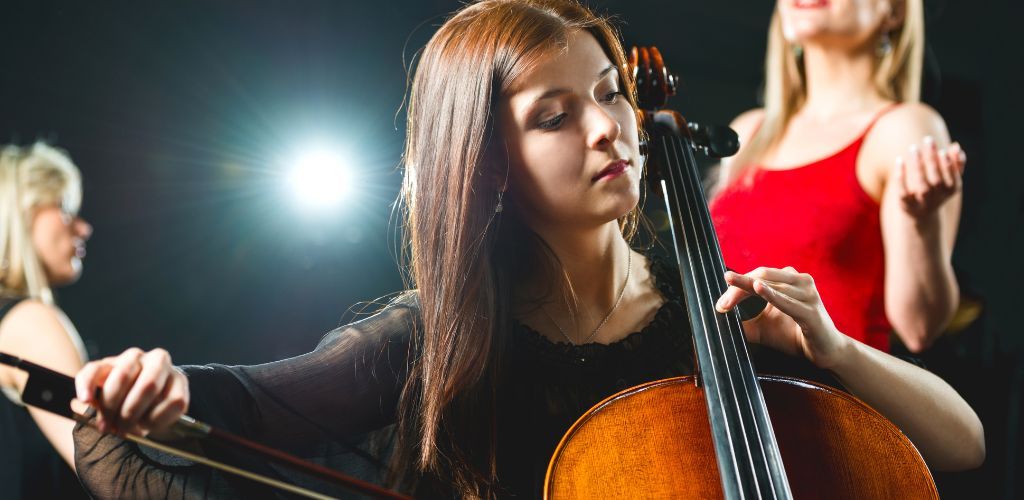
Understanding the basics is crucial to learning to play the cello.
In the early stages of learning, you’ll need to grasp the instrument, get the bowing technique right, and ensure your posture and hand position support your playing.
Understanding the Instrument

Your cello is not just an instrument; it’s your musical instrument and partner.
It comprises the body, strings, and the bridge, among other parts, each affecting sound and playability.
Pay attention to the size and type of cello you choose; it should suit your body size and reach for optimal comfort and sound production.
Cellos That I Highly Recommend

My first recommendation is the Eastman Master Series Montagnana Cello. It offers a rich, robust tone and exceptional craftsmanship, making it a joy to play for practice and performance.
As a professional musician, I can say that this is one of the best overall cello!
EASTMAN MASTER SERIES MONTAGANA CELLO

COMES WITH: Cello only - bow and case must be purchased separately
FEATURES: Full ebony fingerboard
EASTMAN MASTER SERIES MONTAGANA CELLO
- Very high-quality materials
- Excellent sound quality
- Handcrafted
- The antiqued look has a pleasing aesthetic
- Not part of an outfit - bow and case must be purchased separately.
- Montagnana cellos are slightly wider than most cellos, so they may not fit all cases (but Eastman do make a suitable case - K2)
When you click ‘Check Price’, you’ll see there are loads of great places to buy this item. Our personal favorite is Sweetwater for the US, and Thomann and Gear4Music for the UK & Europe.
They are the largest music retailers, with excellent customer service, competitive prices, really fast shipping, and the longest guarantees.
The professional musician who wrote this article combined many things,
from the product build, manufacturer’s reputation through to feedback
from other users, to create our famous TedScore™.
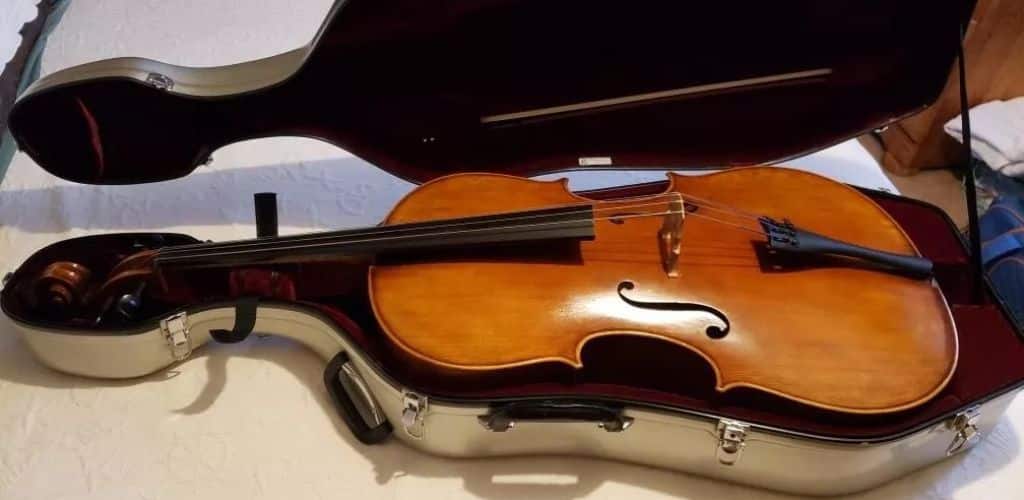
I always recommend the Gear4Music Student Full-Size Cello to those looking for an affordable cello with exceptional quality.
It’s a great value for beginners, offering decent sound quality and durability at an affordable price.
GEAR4MUSIC STUDENT FULL-SIZE CELLO
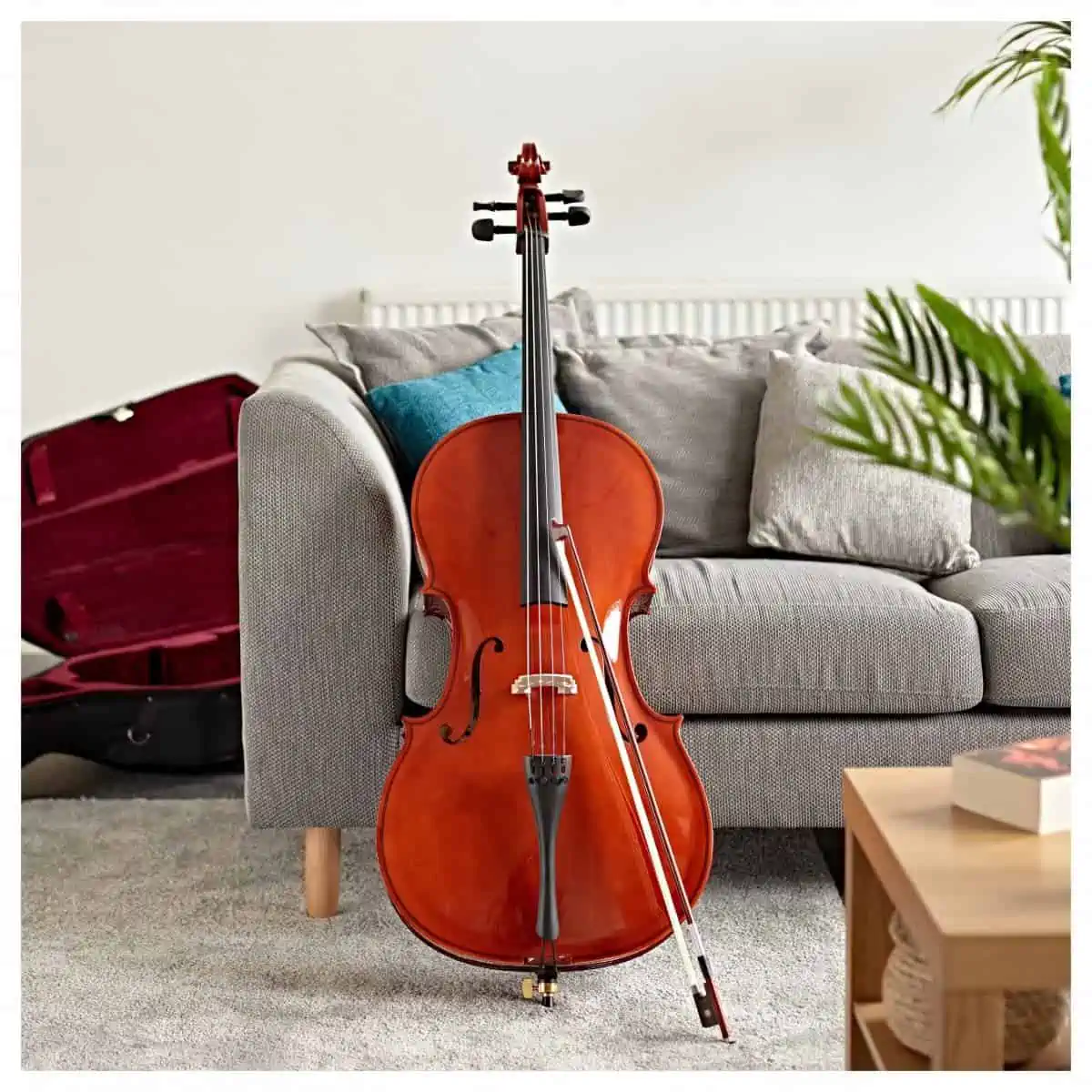
COMES WITH: Stand, Strings, Endpin Stop, Tuner and Cloth
FEATURES:
-Laminated Spruce and Basswood Body
- Durable Hardwood Pegs and Fingerboard
- Solid Maple Bridge and Steel Strings
GEAR4MUSIC STUDENT FULL-SIZE CELLO
- Cheap
- Lots of extras included in the price
- Doesn't come set up - bridge and strings not attached when shipped
- Not an ebony fingerboard - may wear easily
When you click ‘Check Price’, you’ll see there are loads of great places to buy this item. Our personal favorite is Sweetwater for the US, and Thomann and Gear4Music for the UK & Europe.
They are the largest music retailers, with excellent customer service, competitive prices, really fast shipping, and the longest guarantees.
The professional musician who wrote this article combined many things,
from the product build, manufacturer’s reputation through to feedback
from other users, to create our famous TedScore™.
For my students, I always recommend the Primavera 100 Cello Outfit.
It is a solid choice for beginners, providing a good tone and a comfortable playing experience. It also comes with all the necessary accessories.
PRIMAVERA 100 CELLO OUTFIT

COMES WITH: cello, wooden bow and soft padded case
FEATURES: Full ebony fingerboard
PRIMAVERA 100 CELLO OUTFIT
- Trusted international maker
- Full ebony fingerboard and pegs
- Easy to play and produce a nice sound
- Variable quality amongst items
- Slightly more expensive than other beginner models
When you click ‘Check Price’, you’ll see there are loads of great places to buy this item. Our personal favorite is Sweetwater for the US, and Thomann and Gear4Music for the UK & Europe.
They are the largest music retailers, with excellent customer service, competitive prices, really fast shipping, and the longest guarantees.
The professional musician who wrote this article combined many things,
from the product build, manufacturer’s reputation through to feedback
from other users, to create our famous TedScore™.
Mastering the Bow
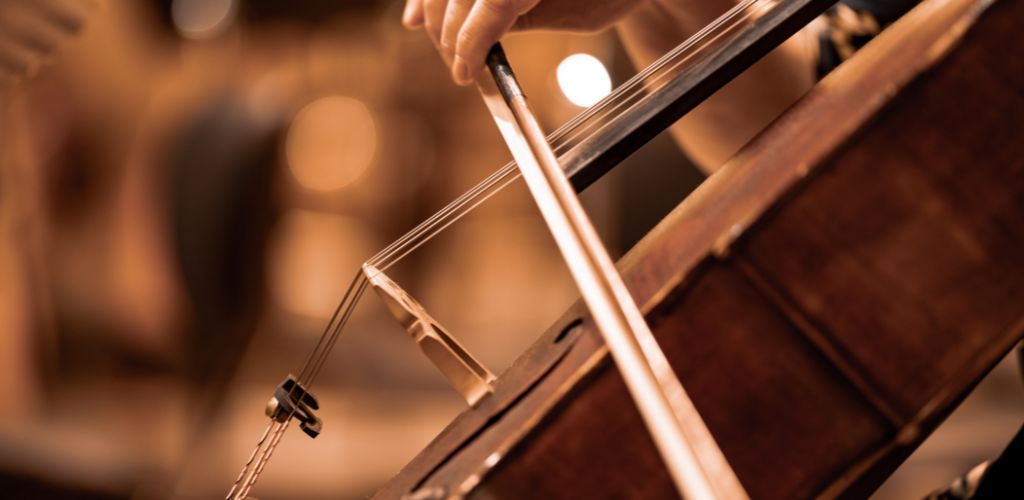
The bow is your expression tool, dictating your sound quality.
To master the bowing technique, start holding the bow correctly; your grip should be relaxed yet firm.
Consistent bowing exercises will improve control and help develop a smooth, even tone.
Remember, the bow’s angle, speed, and pressure determine the character of the sound you produce.
Learning About Posture and Hand Position
Sit up straight and angle the cello slightly towards you to create a stable base.
Your hand position is critical for precision and intonation; your fingers should be curved and relaxed.
Regular practice will help ingrain these fundamentals into muscle memory, leading to more accurate and expressive playing.
Playing the cello is an exciting journey, and nailing the fundamentals can lead to a rewarding musical experience.
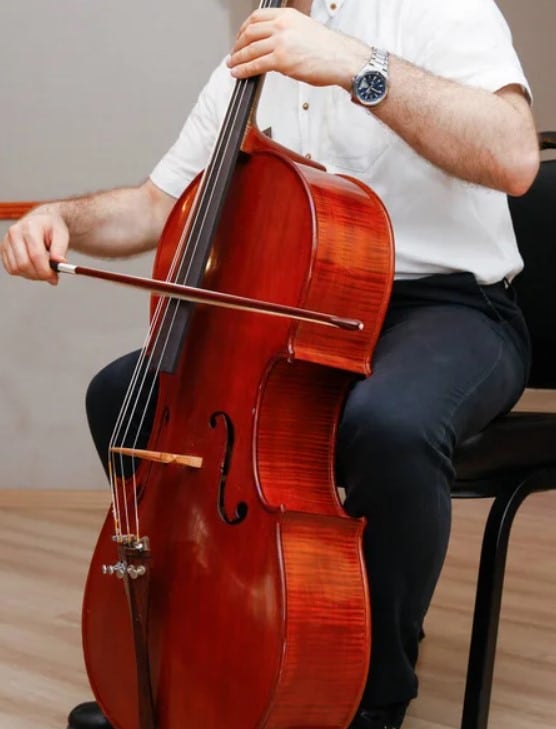
Practicing and Improving
Embarking on the cello journey, your improvement hinges on a solid practice regimen and the ability to use feedback wisely.

Developing Consistent Practice Routines
You’ll find the sweet spot for progress is in consistent practice.
Regular, focused sessions set the foundation for steady improvement. Carve out a daily practice time that fits seamlessly into your life, resisting the all-too-common sporadic bursts.
Aim for a routine that becomes a natural part of your day, as habitual as brushing your teeth.
Overcoming Physical Limitations
Perhaps a twinge of arthritis has told you playing cello is off-limits. Don’t fret!
Physical challenges can often be accommodated with the right techniques. Consult cello instructors or healthcare professionals who can provide exercises and ergonomic advice tailored to preserving your joints.
Utilizing Feedback for Progress
Regular feedback from a cello teacher or recording yourself can pinpoint areas for enhancement.
Use constructive criticism to refine your technique, and acknowledge every small win—this fuels your cello aspirations.
Remember, feedback should enlighten, not discourage—take it as a signpost towards becoming the cellist you aim to be.
Beyond the Basics
As you journey past the rudimentary stages of classical music and learning cello, you’ll encounter a rich landscape of skills and experiences.
Your dedication will open doors to advanced techniques and shared performance.
Exploring Advanced Techniques
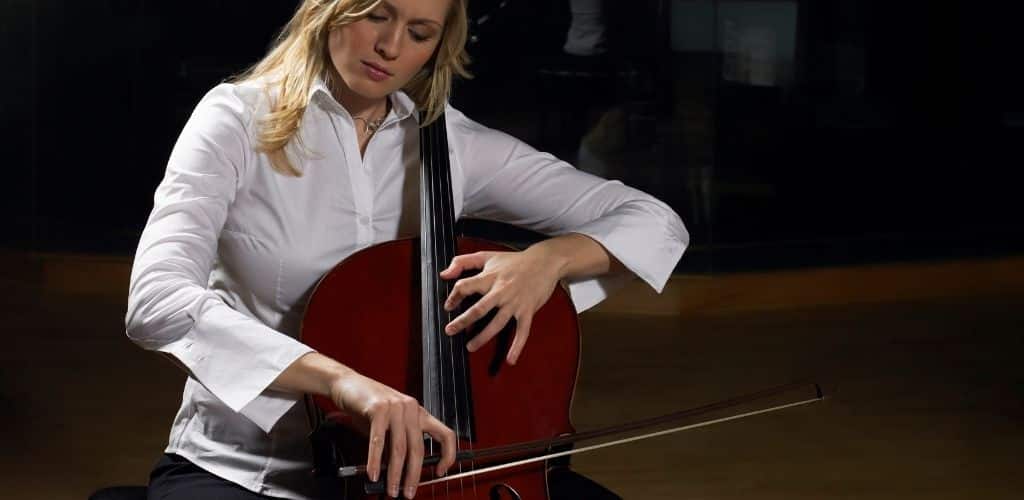
Mastering vibrato isn’t just about shaking your hand. It’s like dancing your finger and wrist to express intensity, pitch, and emotion in your playing.
Muscle memory is the key, allowing your fingers to find their place without conscious effort.
Perfecting advanced string bowing techniques requires understanding the connection between pressure, speed, and the point of contact.
It’s like painting: Your bow is the brush, and your movements create musical textures.
Playing in Ensembles

Joining an ensemble is a thrilling next step that teaches you to listen and blend in a group setting.
You won’t just be playing notes; you’ll be a part of something bigger, an intricate tapestry of sound within an orchestra or symphony.
Playing a string instrument with others challenges you to maintain rhythm and intonation in real-time. You become part of a collective breath, your cello’s voice intertwining with other instruments.
Performance and Expression
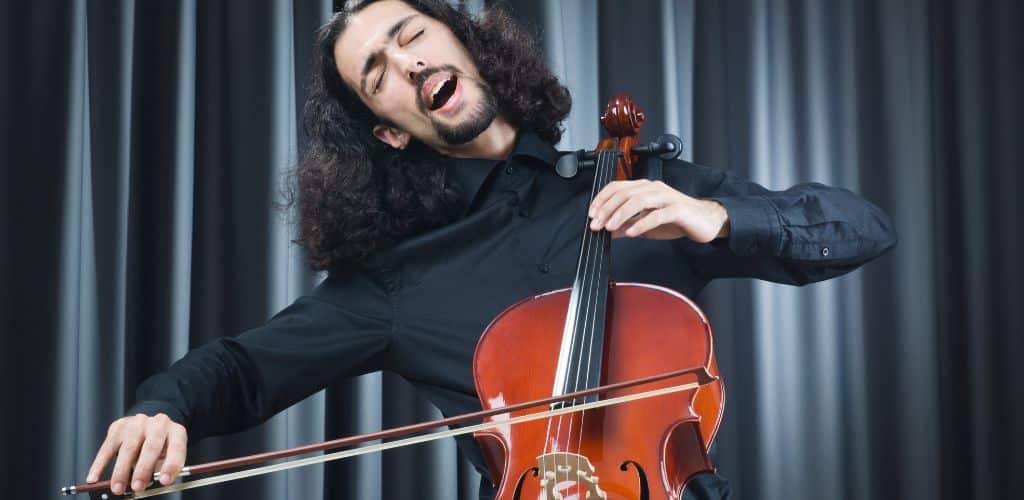
When you step onto the stage for a cello performance, it’s not just about the notes—it’s about telling a story.
You’ll channel your emotions into the cello, letting your expression flow through the instrument and captivate the audience.
Your body language and the energy you exude can transform a mere sheet music recital into an exciting journey!
How Long Does it Take to Learn Cello:
It Depends!
Learning to read music and play the cello can be quite an adventure!
It usually takes new students approximately one to two years to become comfortable with the basics.
Intermediate skills often require an additional two years of practice. That’s when things start to get really exciting!
If you aim for proficiency, expect a five to seven-year journey. Patience is key, and remember, practice makes perfect.
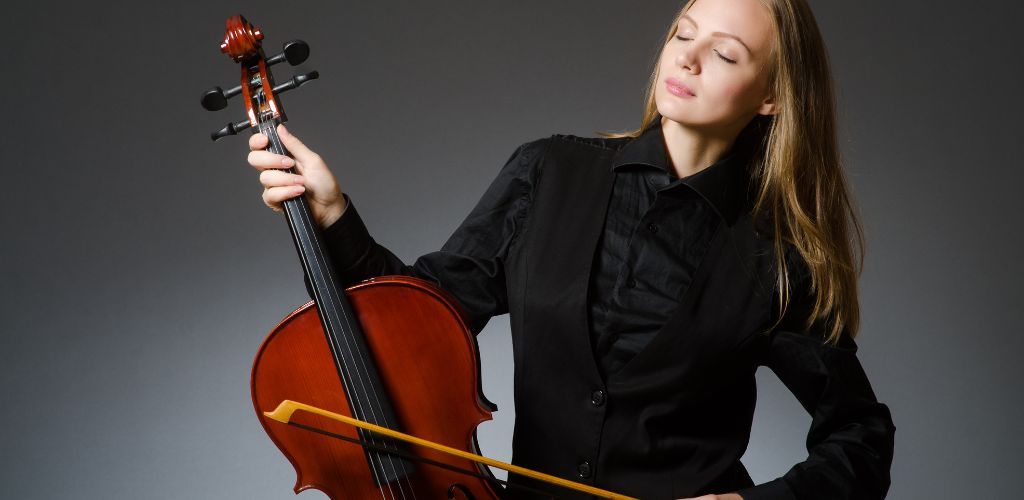
Mastering the cello is a longer haul. It may take ten years or more of dedicated practice.
- Basic Proficiency: 1-2 years
- Intermediate Skills: 3-4 years
- Proficiency: 5-7 years
- Mastery: 10+ years
Remember, every musician’s path is unique, and your timeline for learning the cello should be as enjoyable as the music you aspire to create.
So grab your bow, warm your fingers, and embrace the melody—your musical journey awaits!
Wait! Don’t stop scrolling…
After reading this article, you may already know whether or not you want to learn the cello. But if you do, this next article will greatly help. It will show you how much you need to spend on a cello. Read on!
FAQ's
Learning the cello can be challenging due to its size, weight, and the physical demands of holding and playing the instrument, as well as the complexity of mastering techniques such as bowing and finger placement; however, with dedicated practice and proper instruction, many cellists can find the experience rewarding and fulfilling.
Both the cello and the piano present unique challenges. The cello requires physical coordination, strength, and precision in bowing and finger placement, while the piano demands independent coordination of both hands and an understanding of complex musical notation. Each instrument’s music degree difficulty is subjective and depends on the individual’s physical attributes, musical background, and learning style.
For a beginner, practicing the cello for at least 20-30 minutes daily can help build foundational skills and develop muscle memory, gradually increasing practice time as proficiency improves. Consistent, focused practice tailored to individual learning needs and abilities is key to steady progress on the instrument.
Absolutely, it’s never too late to learn to play the cello. Starting at 30 can be a rewarding experience as long as one is dedicated, patient, and willing to put in consistent practice to progress on the instrument. Many adults successfully take up the cello later in life and enjoy learning and playing music.











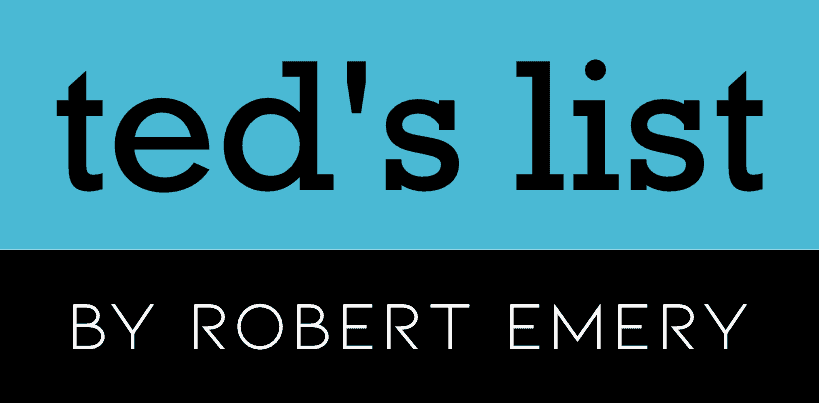
i gotta say, ive seen so many of these how long it takes to learn articles and they all seem to gloss over the fact that not everyone’s gonna get it in x amount of time. its like, what if i can’t practice every day? what if i’m just not as quick picking things up? guess i’m doomed to never playing in an ensemble or what? kinda feels like these articles set some of us up for failure.
omg i was overwhelm tryin to find the right cello for my kiddo. ur recommendation on cellos was a lifesaver, thank u!! were leaning towards the one u said was best for beginners. any tips on convincing him practice is fun? lol
Try mixing in some of their favorite songs to practice sessions, it can really help boost their enthusiasm for the cello! Works with my students.
This article on the fundamentals of cello playing is a gem. The parts about mastering the bow and understanding the instrument itself are often overlooked by beginners. Hats off to you for highlighting these areas. Great read!
Hey Carina Drury, I’m just starting my journey learning the cello and felt a bit lost until I came across your article. The section on ‘Determining Your Learning Path’ really caught my eye. Especially since at my age, I’m worried it might be too late for me to start. How does age really impact learning the cello in your experience? Just trying to set realistic expectations without discouraging myself early on. Thanks!